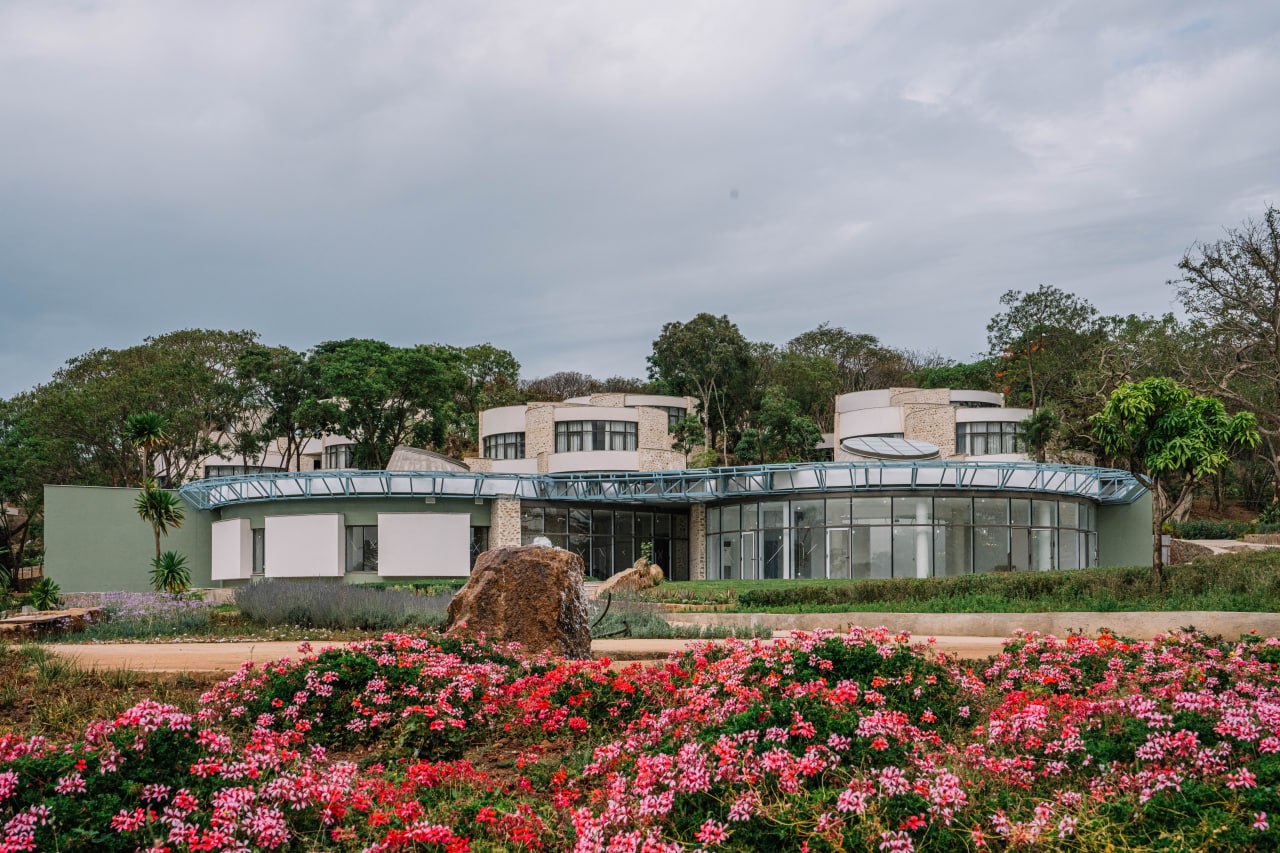Gondar
0/5 Not rated 0 reviews-
People
Description
Park Type
- UNESCO World Heritage Sites
Location
Reviews
0/5
Not rated
From
0 review
Excellent
0
Very Good
0
Average
0
Poor
0
Terrible
0
No Review
from




